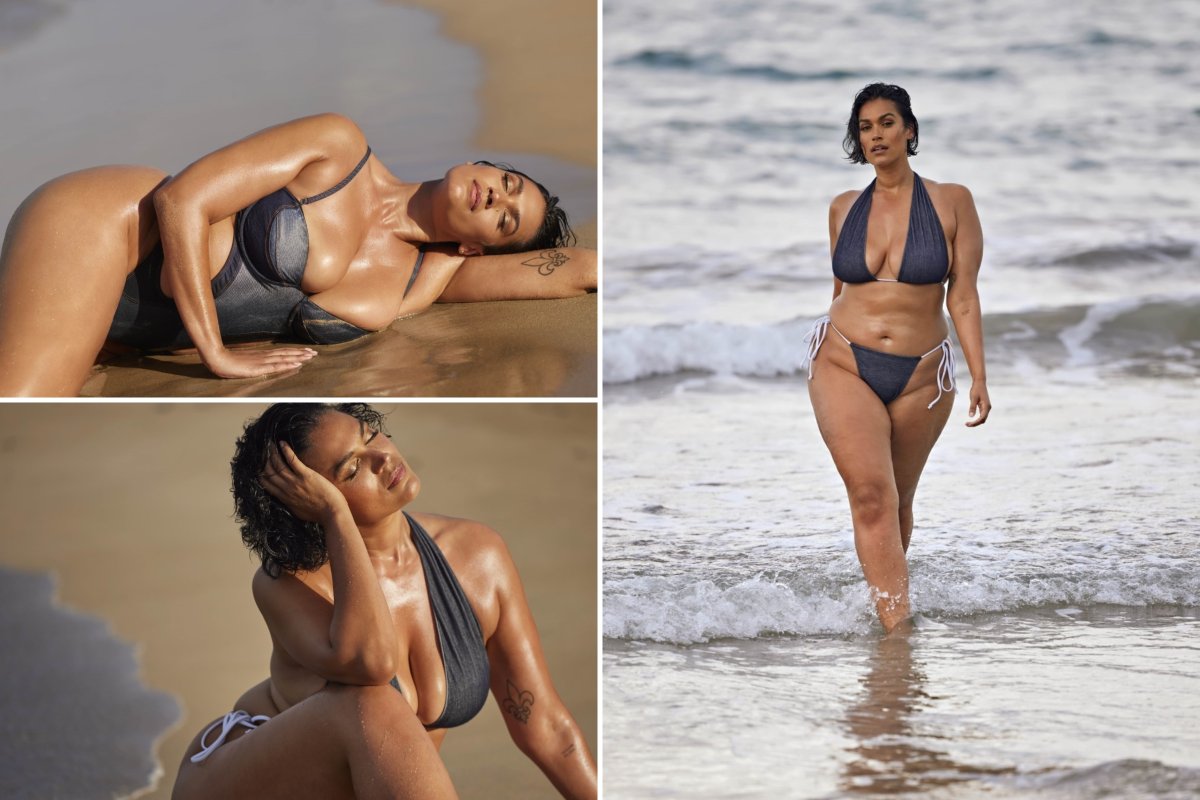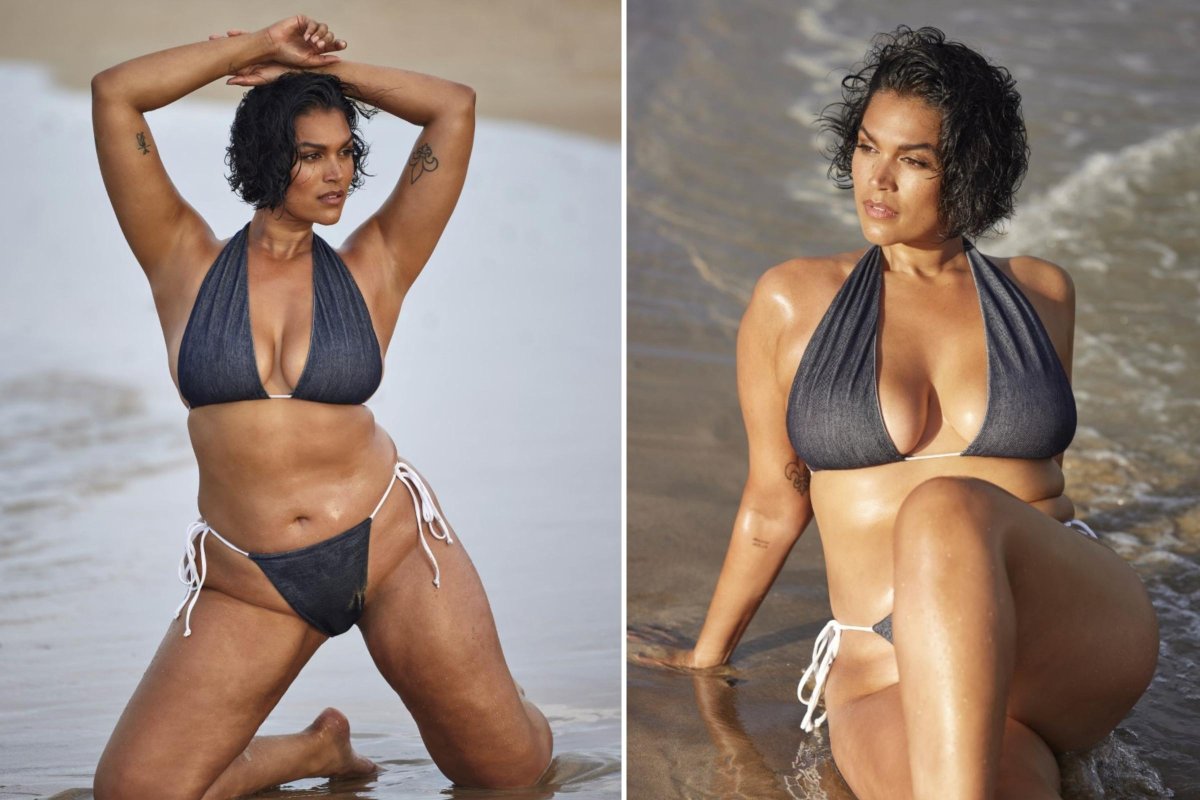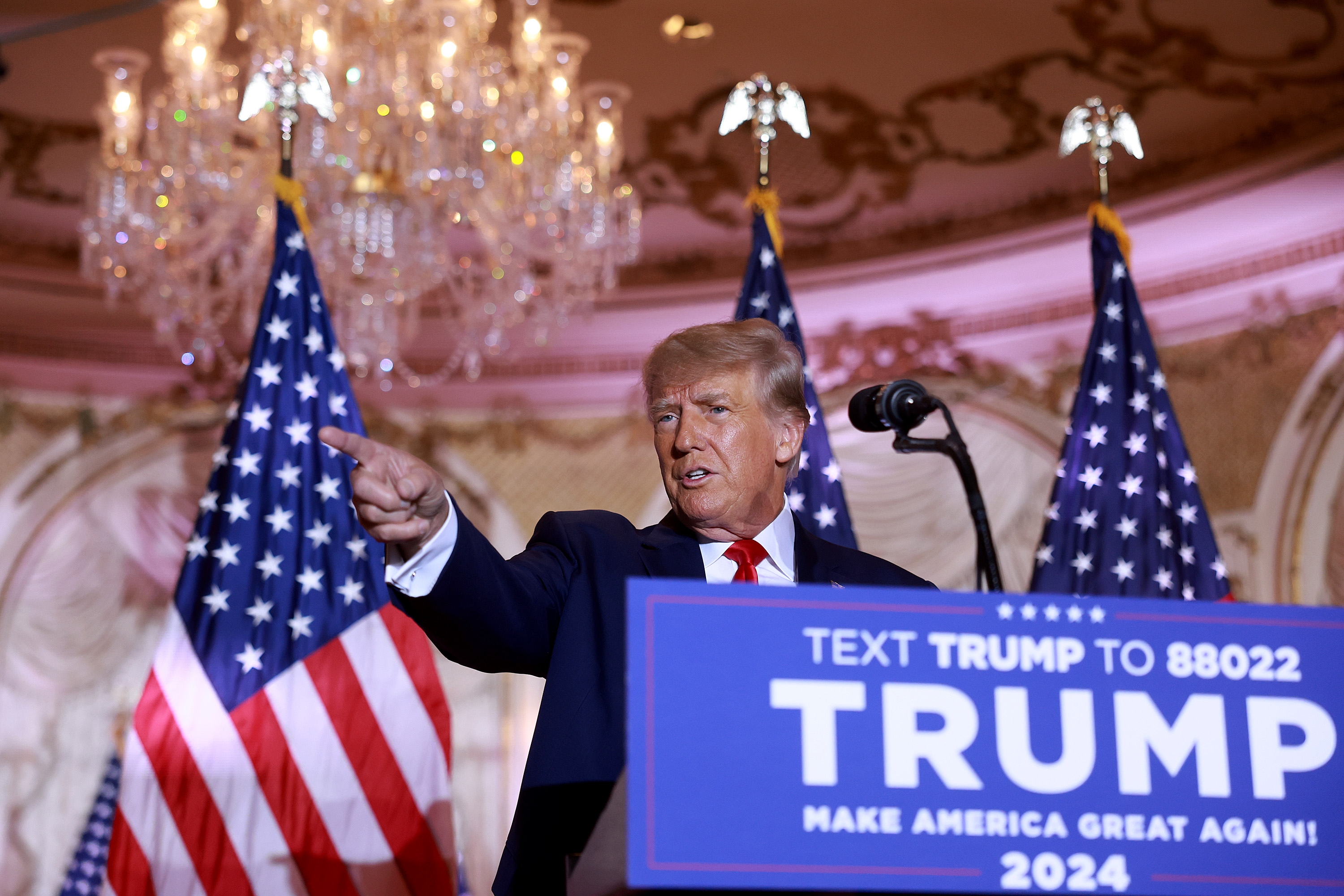I have always thought of modeling as a glamorous profession. I remember flicking through Vogue magazines as a child and seeing the runway on the pages.
From then onwards, I became curious about modeling. When I was 15, Australia's Next Top Model was happening, so I decided to line up in the cold winter, in Melbourne. I waited in line for a long time, but I thought I'd give it a try.
I didn't make it to the actual audition, but I was scouted in line by a modeling agent who signed me up to do a modeling development course.

Later, two agencies approached me to sign with them, but at that time, I was dealing with the early stages of disordered eating. I was roughly 15 years old at the time. My former best friend and I had a chaotic relationship. We would eat in the park and then purge together. It started as something we only did together, but it gradually seeped into my daily life.
Looking back, I had moments of realization where I knew these destructive behaviors needed to stop, and I managed to break free from them. But even to this day, despite therapy and all, I believe many women, due to societal beauty standards, struggle with a sense of not being good enough, or the pressure to look a certain way.
After finishing school, I attended college, and it was then that curve modeling began gaining traction. I had grown more comfortable with my body and embracing my womanhood, so I sent modeling shots of me to a former Australian agency, and things progressed from there.
Since then, it has been a snowball effect, leading me to where I am today. If you had told me six or seven years ago that I would be here, I wouldn't have believed it.
In Australia at the time, the kind of gigs I had in mind just didn't exist, especially because I was labeled a curve model. Those fancy editorials I used to daydream about? No chance. Instead, I found myself doing catalog shoots with frumpy, mom-style clothes; baggy, shapeless outfits that did nothing to flatter my body shape. It was a major reality check that shattered any glamorous illusions I had as a kid.
Rejection became a norm in this industry, and it messed with my head big time. I developed a thick skin to survive. Sometimes, directors wouldn't even look up at me in casting calls. There was a time, back in 2017, when I seriously considered calling it quits.
I was signed with an agency in London but hadn't landed a single gig in four months. My bank account was running low, and I started doubting if this whole modeling dream was worth it. I even thought about packing my bags and heading back home.
Then, out of the blue, came an opportunity that changed my life. I was offered a gig for a denim campaign with Next. When they mentioned the rate, I was shocked. It was $9,974, in comparison to the odd $500 I'd make for a whole day's work.
This time, things were different. I could actually afford a decent dinner. I was beyond ecstatic. It was a game-changer for me, a massive shift in perspective. Sure, I've come to realize that after taxes and agency fees, that $9,974 is more like $4,500, but still, it was a whole lot more than I was making before.
My experience of being signed with Victoria's Secret was a beautiful moment of clarity for me. At first, I declined the offer, unsure if it was the right decision due to the backlash that Victoria's Secret was facing.
But an agent called me again and said: "Why are you saying no? This is a big opportunity. You need to say yes. Don't let it slip away. This is your moment. Seize it."
I genuinely felt like it was meant to be, so I agreed to be signed with them. Looking back, that experience was a turning point in my career. It set me on a different trajectory, preparing me for my next chapter as a Sports Illustrated Rookie in 2023.
It's heartwarming to finally see someone with a body like mine and a skin color like mine, being represented. That kind of feedback keeps me going, especially on bad days.
Being the first mixed-race Australian curve model to be signed to Victoria's Secret was cool, but there's the negative aspect of wondering why body inclusivity took so long. But I choose to bypass that because being the first means I won't be the last. I've opened doors for others who look like me, challenging the way we perceive women and bodies.

I'm still advocating for body inclusivity, which is why I refer to myself as a "model" rather than a "curve" or "plus size" model.
The term "plus-sized" came about when I first started working as a model. It was always used to describe any model that was over a size 8. I never really thought anything of the term as I just thought of it as something to describe my job.
But as I kept working, I realized that it just didn't seem to be an accurate word to describe what me and my peers actually did.
I also think these labels divide all of us as models because curve is technically that in-between category describing models that are size 8 to 14, and plus size is 16 and above. I believe that all of these terms cause more division in the industry and stop the overall goal of true inclusivity and actual genuine acceptance of all bodies.
To help fight this, the main thing that I do is I always speak about my experience on set, and my friends' experiences that differ from mine. I also really try to call out the tokenism that comes with brands and designers wanting to make money off diversity but not actually caring about diversity.
My hope is that the fashion industry's trajectory toward inclusivity keeps getting better. I'm showing that body diversity and inclusivity are here to stay.
I still do experience these labels and terms, but I quickly explain why I don't like them anymore in nearly every interview. When someone refers to me as a curve or plus-sized model, I always say: "I'm just a model."
Once we drop those labels, we will start embracing people for who they truly are rather than placing them in categories and othering people based on how they look. That way every model is represented, seen, and loved—this is what's important.
Jennifer Atilémile was Victoria's Secret's first Australian curve model. She is now a Sports Illustrated Rookie of 2023. You can find out more about her here.
All views expressed in this article are the author's own.
As told to Newsweek associate editor, Carine Harb.
Do you have a unique experience or personal story to share? Email the My Turn team at myturn@newsweek.com
Uncommon Knowledge
Newsweek is committed to challenging conventional wisdom and finding connections in the search for common ground.
Newsweek is committed to challenging conventional wisdom and finding connections in the search for common ground.
About the writer
To read how Newsweek uses AI as a newsroom tool, Click here.








